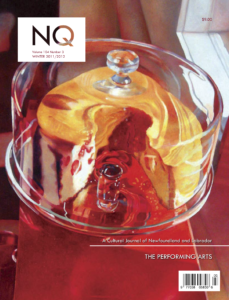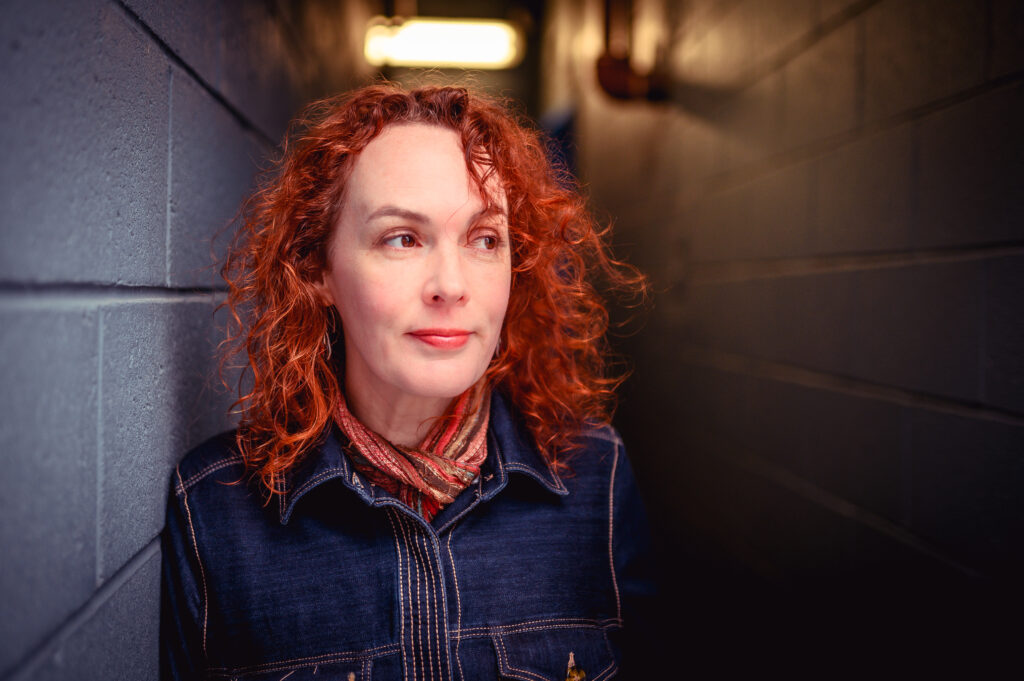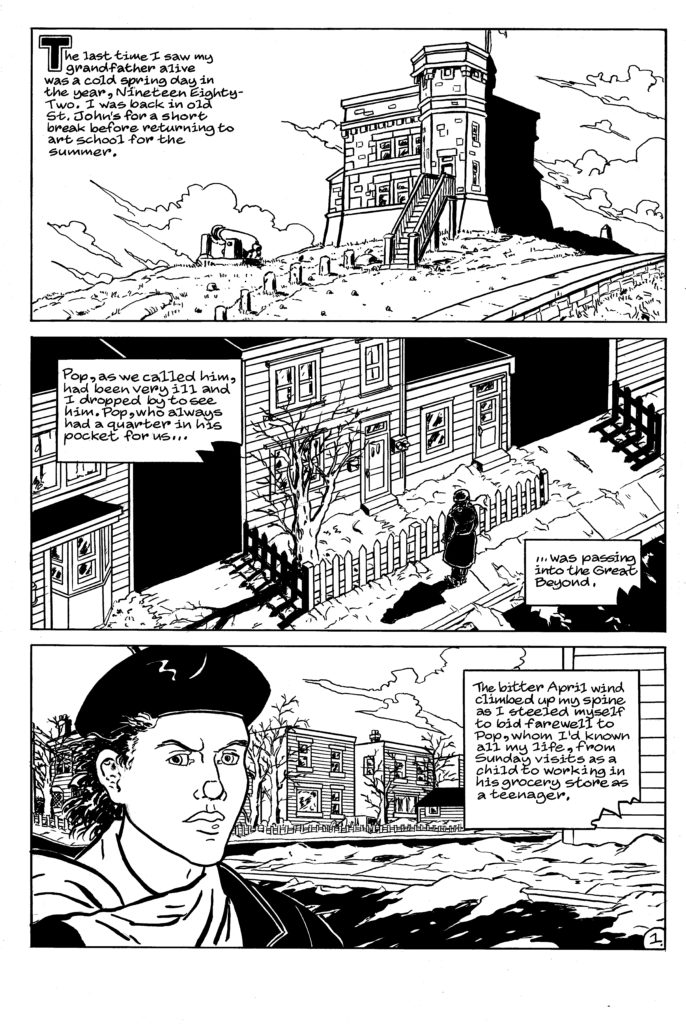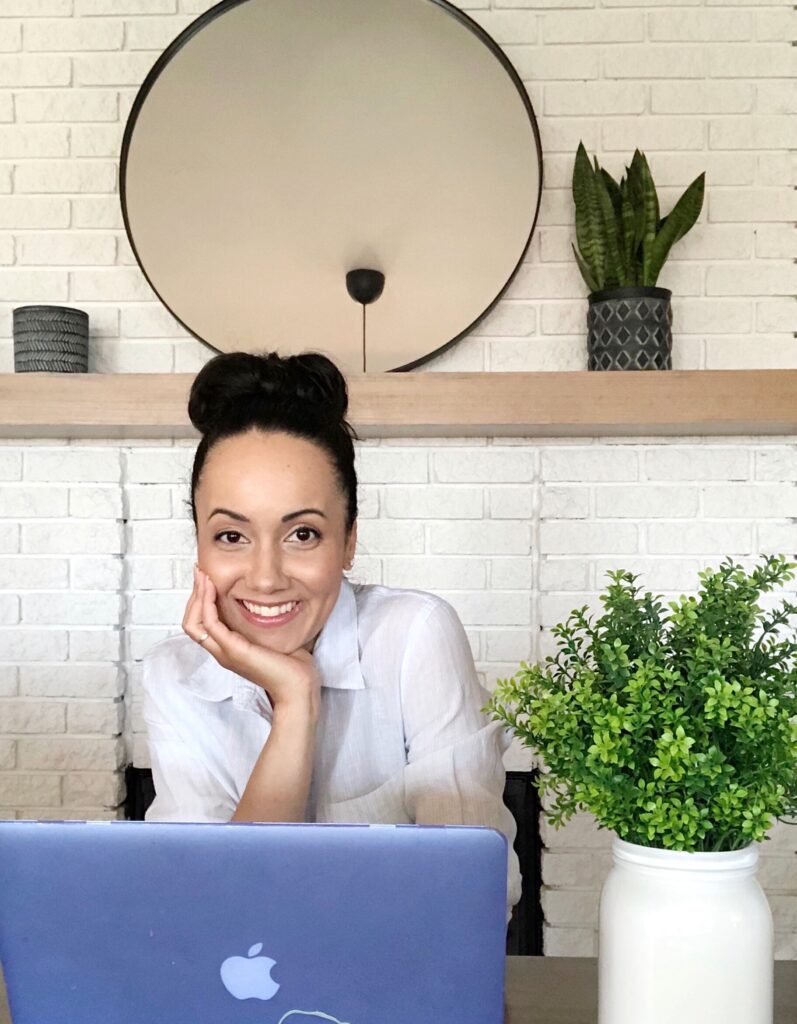Mary Pratt: “Why Do People Paint Pictures?”
August 2018
Hearing a painter you love describe how, and why, they create is a rare treat. Indeed, it is fitting that the Winter 2011-2012 NQ issue containing this article (adapted from a talk given by Mary Pratt in 2011) and with a cover image by Pratt, looks good enough to eat. So,”why do people paint pictures?” I’m not sure that question is entirely answered, but we do learn a bit about why Mary Pratt did (and that’s what we really wanted to know, anyhow.)
Why do people paint pictures?
Why bother, when the world lies before us – beautiful itself? I don’t know, but painting pictures is something I love to do.
Drawing, colour, brushwork, perspective, design . How to render the real world (or what we usually call ‘reality’). How to put what the eye sees onto a flat surface.
 When one of my cousins was very young, probably about five, he showed me a drawing he had done of a toy duck. It was surprisingly good. The toy had been cut out of wood
When one of my cousins was very young, probably about five, he showed me a drawing he had done of a toy duck. It was surprisingly good. The toy had been cut out of wood
and had its eyes painted on. It also had four red wheels and a pull string and lead. I let him know that I thought it was a very good drawing, and had he drawn the other
duck?
This was a rubber ducky – the traditional bathtub toy. “Oh no,” said the child. “I can’t draw that one. It’s round and the paper is flat.” Beautifully simple. He had stated what bedevils all artists who take upon themselves this problem. It becomes a philosophical problem – if you let it.
Learning how to manage this is a never-ending problem for the artist. I was so myopic as a child that anything beyond a yard or so was a blur. I didn’t mind that. It was a sort of cozy world. Everything I could see, I could reach. When I began to use a camera, I found that it was just as myopic as I was. And I discovered – by asking – that everybody focused on one thing at a time, and allowed everything else to recede into a foggy unfocused blur. I’d never want to ‘sentimental’ anything. I just want to really see the world and translate it onto a flat surface. Preferably with paints and brushes, but when that isn’t enough, with all sorts of mixed media. Which results in the big splashy works on paper that gave me enormous pleasure about 20 years ago.
I didn’t really choose to do these things, but I had a hankering to paint fire. I can’t remember why. Maybe because – once again it was beautiful.
The flames from a birthday cake, or the brandy on a Christmas pudding – the cozy fireplace flames – but the roaring sparks and flames from a great pile of blasty boughs!
Seen against a night sky – how wonderful!
Christopher was clearing some of the forest in order to build a new studio for himself, and he offered to do some photography for me when he burned the fallen trees and collected brush. I was finding it very hard to walk by this time, and I was grateful for his help. Anyway, he took much better pictures than I did. I’ve never really figured out a camera.
The explosive images needed lots of space. I ordered a roll of 27 yards of good watercolour paper from New York, and had a frame built to hold it. It was only 4 or 5 feet wide, but it could be any length I wanted. The walls of my studio were donnacona board, and even my arthritic hands could manage, with an electric staple gun, to attach these big pieces of paper to the walls. I have never had an assistant. I like to be alone when I paint. But having no assistant often meant that I had to be helped either by Christopher or one of the children, especially with these huge papers.
Once the paper was on the wall, I had to somehow project the slide of the fire onto it. My studio wasn’t big enough for me to manage this without angling the projector. And so, some of the sweeps of fire are greatly exaggerated. But I liked doing that. I began by literally throwing or spraying colour onto the paper. I used big brushes or a Windex bottle filled with watercolour. It meant that I moved constantly as I worked, balancing on my cane with one hand and brushing or spraying with the other. Almost like a dance.
I heightened the colour with oil pastels called ‘neons’, brilliant pinks and oranges and reds. I drew with these, using my usual hen scratch techniques, scribbling really. Not something I was taught in art school – but somehow – for me – the most efficient way to blend from colour to colour. After the oil pastels had done their job, I used more watercolours. The oil in the pastels worked as a resist, and if I had loosely scratched on orange or red and then flowed dark blue over the marks, the marks remained, the blue filled the unmarked spaces, and the flames and sparks really did jump right out at me!
If I needed more subtle colour, I used chalk pastels to great advantage. It really was a lot of fun! It was somewhat dangerous work, as I had to use lacquers to ‘fix’ various parts of the work, and I was grinding away with cadmium chalks, the dust going everywhere. I never gave it a thought. I should have! I don’t breathe very well now – and have huge fans in my studios.
This mixed media method opened up a lot of possibilities, and I was soon trying my hand at large landscapes – full of clouds – or snow. Working on one of these very large landscapes, I was eventually faced with the problem of getting it off the easel. I was living alone in Toronto at the time – had just had a hip replacement – but figured if I stood on a step stool, I could reach the top staples. So, I released all the side and bottom clips and then, carefully, going from side to side, I gradually released those at the top. I was doing pretty well, using my cane to keep me stable.
I slowly, and with great precision, removed all the staples except the two in the middle of the top. As soon as I did that, the paper gave a sign of relief, and curled right around me! And there I was, my cane and I, inside a formidable roll of paper, standing on a stool. I wasn’t sure how to get out of this, and I was determined not to ruin the painting. So I started climbing down the stool, trying not to ruin the surface of the painting. I really took my time. But eventually I staggered, and choosing to save myself instead of all that work – I put my foot thru’ the paper! Once I’d unwound it all, and laid it on the floor, I found that there wasn’t much damage and a paper restorer from the Royal Ontario Museum came and saved the painting. And tho’ my dealer in Vancouver was sure we’d never sell anything so big, we did, and when I last heard about it, it was hanging in the ballroom of the Governor General’s residence in Quebec City!
Mary Pratt 1935-2018.
While you’re here:
… we hope you enjoy our website! Our online audience is growing every month, and that means that more people like you are seeing and reading incredible new work by Newfoundland and Labrador writers and artists. We want the people of the province to have access to high quality, contemporary writing about the unique and ever-evolving culture of this place, so we’re offering our online content for free. That said, if you’re able to help us keep providing this opportunity to both readers and creators in Newfoundland and Labrador, we encourage you to subscribe to our print magazine. Subscription details are here. If you ‘d like to support us with a donation or legacy gift (tax receipts available,) please contact us at rcohoe@mun.ca.



